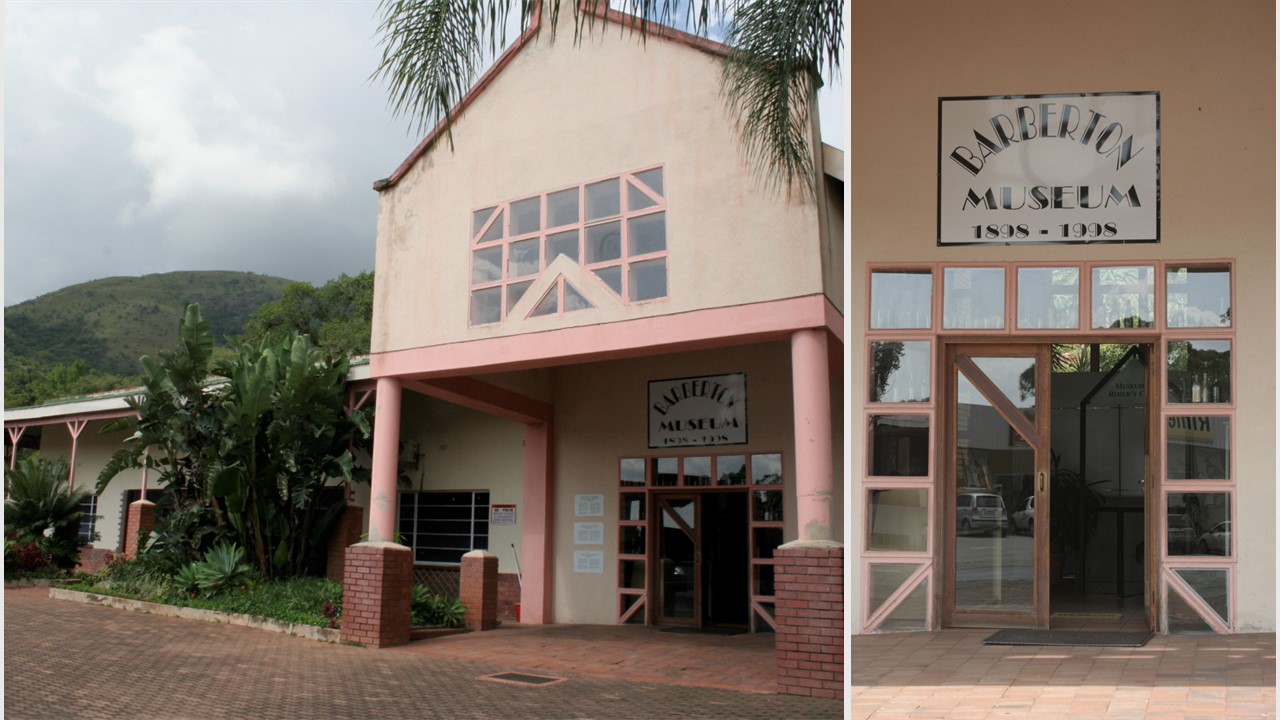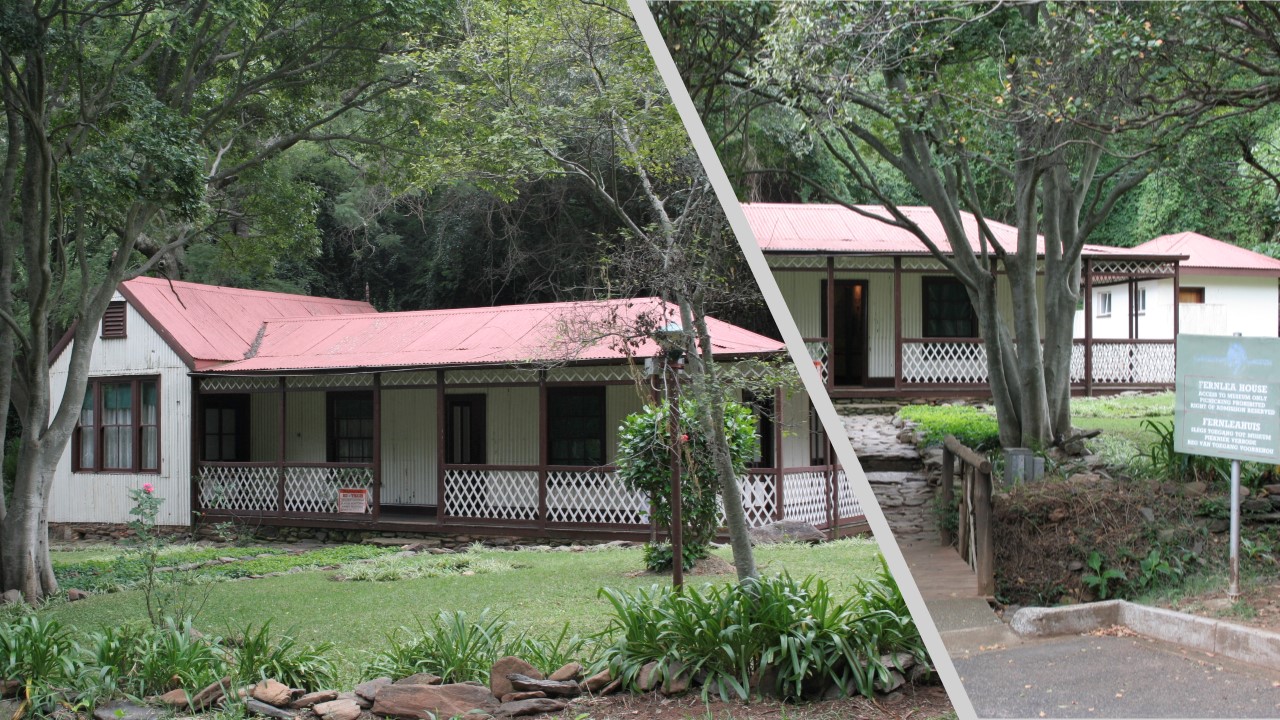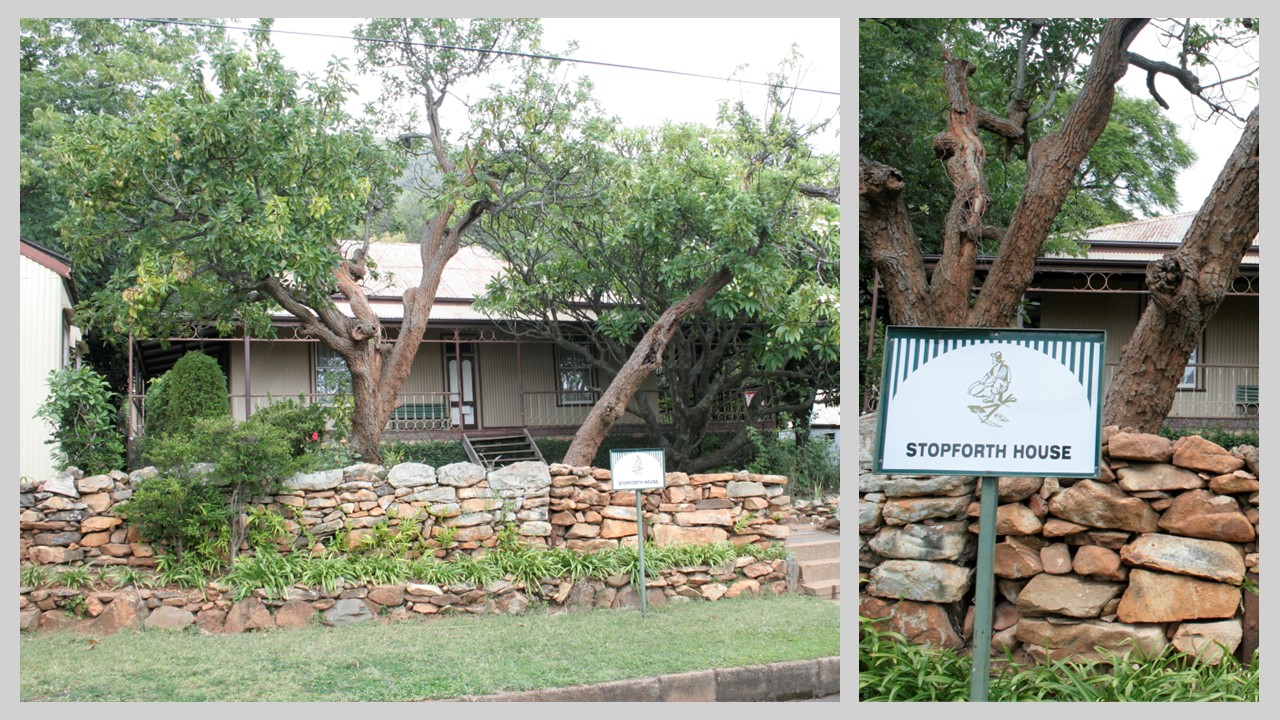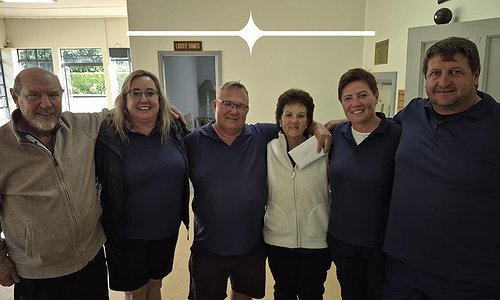Step into Barberton's past on the heritage walk

Barberton’s rich history is etched into its streets, architecture, and preserved landmarks. The town's Heritage Walk offers a unique opportunity to trace the golden beginnings of one of South Africa’s earliest gold rush towns. For visitors and locals alike, the walk is more than a scenic stroll, it is a journey through time.

Barberton Museum Complex
The Barberton Museum on Pilgrim Street is the best place to begin. The museum is located in what used to be the stunning Edwardian town hall building, which has a history dating back to 1904. Inside, guests can peruse numerous exhibits showcasing the town’s mining history, natural sciences, Swazi cultural heritage, and archaeology. Of particular note are the exhibits dedicated to the Makhonjwa Mountains, now a UNESCO World Heritage Site. The museum also preserves stories of the town’s colourful pioneers, including gold prospectors and early settlers.
Exhibits of local fossils, including pieces of rock that are among the oldest in the world, are a major draw for museumgoers. Ancient insects, fish, and reptiles are just a few examples of the unusual flora and fauna that used to inhabit the area.

Belhaven House Museum
A few minutes’ walk from the museum lies Belhaven House, built in 1904. Once the home of a wealthy gold miner, it has been lovingly restored and furnished to reflect upper-class domestic life at the turn of the 20th century. Its wraparound veranda and original fixtures offer a glimpse into Barberton’s Edwardian era. Guided tours explain how colonial families lived in this once-booming gold town.

Fernleigh House
Located in Rimer’s Creek, Fernleigh House is another well-preserved Victorian residence. Built in 1881, it is one of the oldest surviving homes in Barberton and retains much of its original timber structure and corrugated iron roof. Its spacious interior and fine detail reflect the prosperity brought by early mining ventures.

The Block House
Situated above the town on the way to Rimer’s Creek, The Block House was built during the Anglo-Boer War to defend Barberton from rebel incursions. Though modest in size, this stone structure is a key military relic from a turbulent period in South African history. Visitors can easily walk up to the site for a good look at one of only a few remaining block houses.

Stock exchange façade
The façade of the old Barberton Stock Exchange, established in 1887, stands as a symbolic reminder of the town’s economic heyday. Although only the façade remains, it once housed the second stock exchange in South Africa. Here, prospectors and investors once traded shares in the gold mines that put Barberton on the map.

Jock of the Bushveld statue
A highlight of the heritage walk is the Jock of the Bushveld statue, erected in memory of the loyal dog made famous by author Sir Percy FitzPatrick. The statue stands on General Street in front of the municipal offices and the town hall. It is a firm favourite with children and dog lovers, symbolising the courage and companionship that shaped the pioneer spirit.

Stopforth House Museum
The Stopforth House Museum, constructed in 1886, stands as a prime example of a working-class miner’s home from Barberton’s early days. Unlike the affluent Belhaven, this house is modest and practical. It contains period-appropriate furnishings and documents that give insight into the everyday life of working families during the gold rush. You won't find a more unique home than the Stopforth House. Beullah, James Stopforth's granddaughter, donated the house and all of its contents, which had previously belonged to him and his family.
Anglican Church
The beautiful Anglican Church on Pilgrim Street was built in 1887 using local stone. Its Gothic architectural style, stained glass windows, and wooden interior have made it a spiritual landmark in Barberton. Regular Sunday services are still held here, maintaining its function as a community cornerstone for well over a century.
The Barberton Club
Founded in 1885, the Barberton Club is one of the oldest gentleman’s clubs in the country. It has welcomed some of the most notable figures in South African history, including politicians, generals, and mining magnates. The Club remains in operation today, preserving much of its original charm with wooden floors, oil paintings, and stories whispered over century-old bar counters.

Lewis Marks Building
Barberton drew all kinds of characters during the boom years, including Sammy Marks. He propelled himself from a cheap jewellery peddler to one of South Africa’s leading industrialists. Along with his cousin and business partner Isaac Lewis, Sammy built the Lewis and Marks building. It was the first double story building in Barberton and housed the Bank of Africa on the ground floor. Like its entrepreneurial creators the building was ahead of its time and has left its mark in the history of the town and is still in use today. Its architectural detail and upper-floor offices reflect the ambition and modernity of its time.
Phoenix Hotel
Dating back to 1886, the Phoenix Hotel is one of the oldest operating hotels in South Africa. This grand old building, with its original bar and pressed ceilings, was once frequented by miners, politicians, and fortune-seekers. It remains an important landmark in central Barberton, still welcoming guests who want to experience a taste of frontier life.
Mentioned above are but a few of the historical sites that you can visit in Barberton. There are many more. Together, these sites form an open-air museum that honours the past while connecting it with the present. Whether you're a local retracing family roots or a tourist fascinated by frontier tales, the Barberton Heritage Walk offers an immersive historical experience unlike any other.




